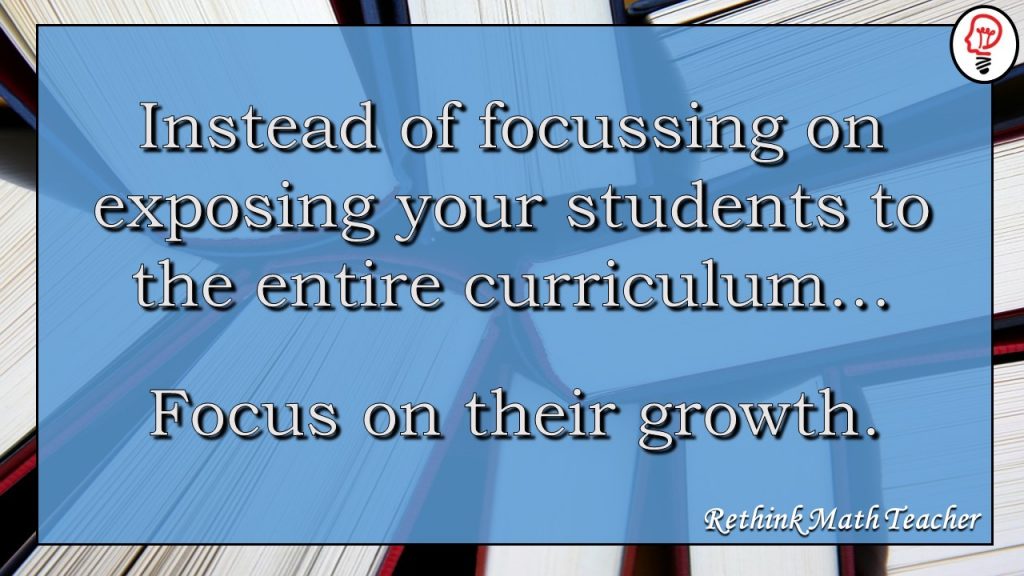### What is the Unsubsidized Loan: Understanding Its Benefits and Implications for Students
Guide or Summary:What is the Unsubsidized LoanKey Features of Unsubsidized LoansUnderstanding Interest Rates and Repayment OptionsPros and Cons of Unsubsidi……
Guide or Summary:
- What is the Unsubsidized Loan
- Key Features of Unsubsidized Loans
- Understanding Interest Rates and Repayment Options
- Pros and Cons of Unsubsidized Loans
- Conclusion: Making Informed Decisions
What is the Unsubsidized Loan
An unsubsidized loan is a type of federal student loan that is available to undergraduate and graduate students to help cover the costs of higher education. Unlike subsidized loans, where the government pays the interest while the student is in school, the interest on an unsubsidized loan begins accruing as soon as the loan is disbursed. This means that students are responsible for the interest that accumulates during their time in school, during the grace period, and during any periods of deferment.
Key Features of Unsubsidized Loans
One of the main features of unsubsidized loans is that they are available to a wider range of students. Unlike subsidized loans, which are only available to students who demonstrate financial need, unsubsidized loans are accessible to all students regardless of their financial situation. This makes them an attractive option for many students who may not qualify for other types of financial aid.

Another key feature of unsubsidized loans is the flexibility they offer in terms of repayment. Borrowers can choose to pay the interest while in school, which can help minimize the overall cost of the loan, or they can choose to defer payment until after graduation. However, it is important to note that if the interest is not paid while the student is in school, it will be added to the principal balance of the loan, which can significantly increase the total amount owed over time.
Understanding Interest Rates and Repayment Options
The interest rates for unsubsidized loans are generally fixed, meaning they remain the same throughout the life of the loan. This can be beneficial for borrowers, as it allows them to plan their finances more effectively. The repayment period for unsubsidized loans typically spans 10 to 25 years, depending on the repayment plan chosen by the borrower.
There are several repayment options available for borrowers of unsubsidized loans, including standard repayment, graduated repayment, and income-driven repayment plans. Standard repayment involves fixed monthly payments over a 10-year period, while graduated repayment starts with lower payments that increase over time. Income-driven repayment plans adjust monthly payments based on the borrower’s income, which can make it easier for graduates to manage their debt.

Pros and Cons of Unsubsidized Loans
There are both advantages and disadvantages to taking out unsubsidized loans. On the positive side, they provide essential funding for students who need financial assistance to cover tuition and other educational expenses. They are also relatively easy to obtain, with fewer eligibility requirements compared to other types of loans.
However, the main drawback of unsubsidized loans is the accumulation of interest. Since interest begins accruing immediately, students can end up with a significantly higher amount to repay after graduation, especially if they do not make interest payments while in school. This can lead to financial strain and may impact the borrower’s ability to manage other expenses after graduation.
Conclusion: Making Informed Decisions
In conclusion, understanding what an unsubsidized loan is and how it works is crucial for students seeking financial aid for their education. While these loans can provide necessary funding, it is important for borrowers to carefully consider the implications of accruing interest and their repayment options. By doing so, students can make informed decisions that align with their financial goals and set themselves up for success in their academic and professional endeavors.
